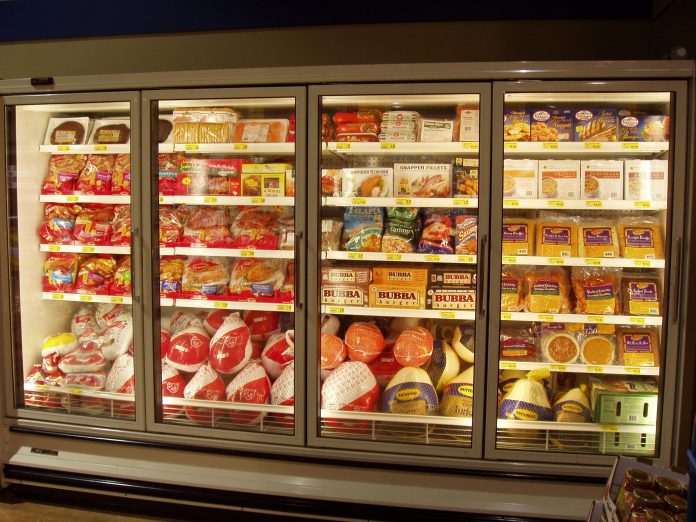Custom frozen food packaging can be created for a variety of products. The design process begins with the product and consumer in mind. From there, the team will decide on the best material for the product and the final design will be a perfect match. Materials that can be used for frozen food packaging include high-gloss UV-coated plastics, Aluminum foil pans, PET, and shrink film.
Aluminum foil pans
Aluminum foil pans are an industry standard for frozen food packaging. They are used to package many different types of foods. They often include a cardboard or waxed-coated topper and a number of tabs that hold the pan in place. Aluminum foil pans are usually packaged inside a cardboard box that is wrapped in shrink film. Once a customer has selected the custom pan they want, they can simply pop it into the oven.
In addition to their eco-friendliness, aluminum foil pans are also recyclable. However, they can be difficult to clean. Scrubbing can remove the food from the aluminum foil, but that still doesn’t guarantee a clean container. Unfortunately, these pans often end up in landfills. Instead, manufacturers of frozen food packaging should consider using flexible bags or pouches made of food-safe materials.
Shrink film
When it comes to shrink film, it’s important to understand how much it costs per package or roll. This will allow you to plan your budget and increase efficiency. Before you begin shopping around, consider what types of packages you’re likely to be creating. For example, if you’re creating custom frozen food packaging, you’ll need to reduce the length of each package. You can also use a shrink film width calculator to figure out what size will best fit your product.
One of the most important aspects of shrink film is its resistance to puncture. A film that is resistant to puncture will not tear easily. This is important if you’re packaging products with a variety of shapes. For example, a film with a low tear resistance might be too delicate for a box that contains frozen foods. You should also take into consideration the odor barrier properties of the film. This will prevent unwanted smells from coming into contact with your product.
Shrink film is also susceptible to exposure to high temperatures. As a result, it’s important to store your shrink film in a cool, dry place. It’s important to avoid storing your shrink film in areas with excessive heat, such as the floor. Make sure the area is not exposed to direct sunlight or windows. You should also keep the film away from high traffic areas, such as doors.
Another important consideration when selecting shrink film is the cost. Depending on the type of film you choose, shrink film can be quite costly. However, it provides many benefits if used correctly. In addition to being flexible, it also protects the contents of the packaging. Further, the film can be cross-linked to increase its tear resistance and minimize packaging waste. Moreover, it can help you extend the shelf life of perishable items and cover up smells.
Plastics
There are several different types of plastics that can be used for custom frozen food packaging. Some are more rigid than others and can be more durable. These types of plastics can also be FDA approved. They come in many shapes and sizes and are often made with scoop-friendly features.
For example, CMG manufactures frozen food packaging that uses tamper-evident tabs and snap-tight lids. These types of packaging also have a rigid construction that prevents odor absorption and adds structural strength.
While plastics are a common material for frozen food packaging, they are not without their own problems. One such issue is plastic pollution. Research shows that 8 million tons of plastic end up in our oceans every year. In response to this environmental issue, many companies have pledged to use less plastic and recycle more.
However, plastics are a lightweight, easy solution to packaging and can withstand high temperatures, which helps extend the shelf life of frozen food products. Plastic frozen food pouches also have superior leak-proof properties and can resist moisture and puncture.
HDPE
HDPE is a super-strong and lightweight plastic. In fact, a 2-ounce HDPE jug can carry a gallon of milk (one hundred and twenty-eight ounces). Other benefits of HDPE include being heat and weather resistant. It is also recyclable and can be made into a variety of shapes and sizes.
If you’re looking for custom frozen food packaging, the right plastics can be an important part of your business. Not only do custom frozen food packaging allow for high-quality printing, but they also serve as an excellent showcase for your products.








